Vegetables
What do Veggies do for you?
"Eat your broccoli!" I'm sure that all of us can hear our mothers voices as she is trying to help us be healthier kids. But to a kid it's not about being healthy, it's about the gross taste of a tree in your mouth. As we get older we appreciate more the efforts that our parents took to help us eat right, but how do we add these things in our diets now, as college students? What do vegetables actually do for our bodies and how they function?
What Nutrients are in vegetables/ what each has to offer:
The website "Eat Smart, Be Well" (Link found below) gives some incredible insights on the different benifits of fruits and veggies:
Orange and Yellow:
>Carotenoids, a natural plant pigment, provide their color.
>Beta-carotene, beta-cryptoxanthin and alpha-carotone are all orange friendly carotenoids that can be converted in the body to vitamin A, an integral nutrient for vision and immune function as well as skin and bone health.
>Citrus fruits like oranges and tangerines are an excellent source of vitamin C
and folate.
and folate.
>Considered eyesight foods, they also play a role in overall immune health, heart health and reduced risk of cancer.
>Examples in the yellow and orange group: yellow apples, peaches, apricots, pears, butternut squash, yellow peppers, cantaloupe, persimmons, pineapple, grapefruit, pumpkin, lemons, mangoes, yellow summer or winter squash, nectarines, papaya.
Purple and Blue:
>A natural plant pigment called anthocyanins provide their color.
>Anthocyanins act as a powerful antioxidant that protect cells from damage, promote heart health and healthy blood pressure.
>Blues and purples also help to reduce the risk of stroke and may help lower the risk of cancer.
>The darker in color blues and purples are, the higher the phytochemical concentration.
>Blueberries are considered to have
the highest antioxidant activity of all fruits and vegetables. Other studies show that eating more blueberries is linked with improved memory function and healthy aging.
the highest antioxidant activity of all fruits and vegetables. Other studies show that eating more blueberries is linked with improved memory function and healthy aging.
>Examples in the blue and purple group: eggplant, figs, plums, prunes, raisins, purple asparagus.
White:
>White fruits and vegetables get their color from a natural plant pigment
called anthoxanthins.
called anthoxanthins.
>Allicin is a health promoting chemical found in the white group that may help to lower cholesterol and blood pressure, as well as reduce the risk of stomach cancer and heart disease.
>Members of the white group, such
as bananas and potatoes, are high in potassium, which is linked to lowered blood pressure and overall better
heart health.
as bananas and potatoes, are high in potassium, which is linked to lowered blood pressure and overall better
heart health.
>The largest class of phytochemicals are the flavonoids which are, for the most part, colorless. These are powerful antioxidants that help the body counteract free-radical formation, which fights disease. Flavonoids are found in a variety of the color groups. Think of the inside of an eggplant or an apple, which is white. This is an example of where they can be found within all the color groups.
>Examples in the white group: garlic, onions, parsnips, turnips, white asparagus, ginger, jicama, mushrooms.
Red:
>Natural plant pigments called lycopene and anthocyanins provide the red color.
>Lycopene is a carotenoid, a powerful antioxidant that may help reduce the risk of several types of cancer, especially prostate cancer. The most concentrated source of lycopene is found in tomato products. Specifically, cooked tomato products such as tomato sauce with a little bit of fat (olive oil) are absorbed better than lycopene from raw tomatoes.
>Anthocyanins can be found in strawberries, raspberries, cranberries, red grapes, rhubarb and beets. They act as a powerful antioxidant to support a healthy urinary tract and may promote a healthy heart by lowering blood pressure and cholesterol.
>Examples in the red group: red apples, pomegranates, red potatoes, watermelon, pink grapefruit, blood oranges, red cabbage, cherries, radishes.
Greens:
>Green color is from a natural plant pigment called chlorophyll.
>According to PBH, the phytochemicals idoles and isothiocyanates found in broccoli, cabbage and other cruciferous vegetables may help protect against some types of cancer.
>Leafy greens are an excellent source of folate, which is a B vitamin that is essential during pregnancy.
>Some green fruits and vegetables, such
as dark leafy greens, cucumber and celery, contain Lutein. Lutein works with another chemical, zeaxanthin, found in corn, egg yolks and oranges to help keep
eyes healthy.
as dark leafy greens, cucumber and celery, contain Lutein. Lutein works with another chemical, zeaxanthin, found in corn, egg yolks and oranges to help keep
eyes healthy.
>Green vegetables are excellent sources of potassium, carotenoids, omega-3s and vitamin K. Diets high in potassium are linked with lower blood pressure; vitamin K is necessary for blood clot formation.
>Examples in the green group: honeydew melon, artichokes, kiwi, asparagus, lettuce, avocadoes, limes, green beans, green onions, Brussels sprouts, green pepper, spinach, zucchini, green grapes.
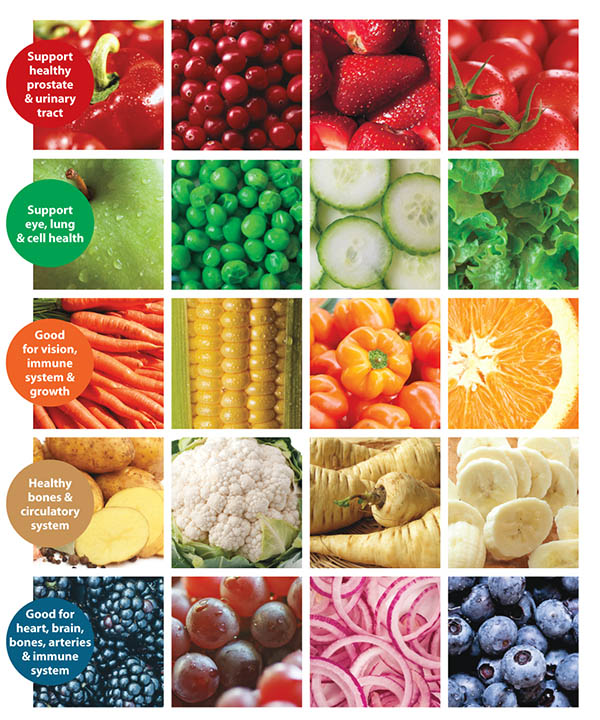
References: https://martins.eatsmartbewell.com/home/fruits-veggies-color-matters/
How to cook veggies without losing their nutrients:
When you finally sit down, make a grocery list, head to the store and start putting veggies in your cart, you might have feelings of accomplishment. The hardest part (for me anyways) is over! Now to the more complex situation - how do you cook them? And did you know that if you cook them incorrectly, all of the vitamins and minerals might be cooked right out of them?! Don't worry! Here are some tips from "Fine Cooking" that can get you started.
"1. Limit the water
When you cook vegetables in water, you lose nutrients. You know that green hue the water takes on after you’ve boiled or blanched your broccoli? That’s a sign that vitamins like C and B have leached into the water, only to be poured down the drain. To retain these vitamins, cook vegetables in as little water as possible for a minimal amount of time (unless you’re planning to consume the water, as in a soup). Steaming and microwaving, both of which use little water, will give you the same results as boiling or blanching but with much less nutrient loss. So instead of boiling potatoes before mashing them, steam them. Instead of blanching broccoli, green beans, or asparagus, steam or microwave them until crisp-tender. Similarly, if you want your vegetables cooled, don’t plunge them into an ice bath; like hot water, cold water can also leach nutrients. Instead, cook vegetables for a minute less and then spread them in a single layer on a baking sheet so they’ll cool quickly at room temperature.
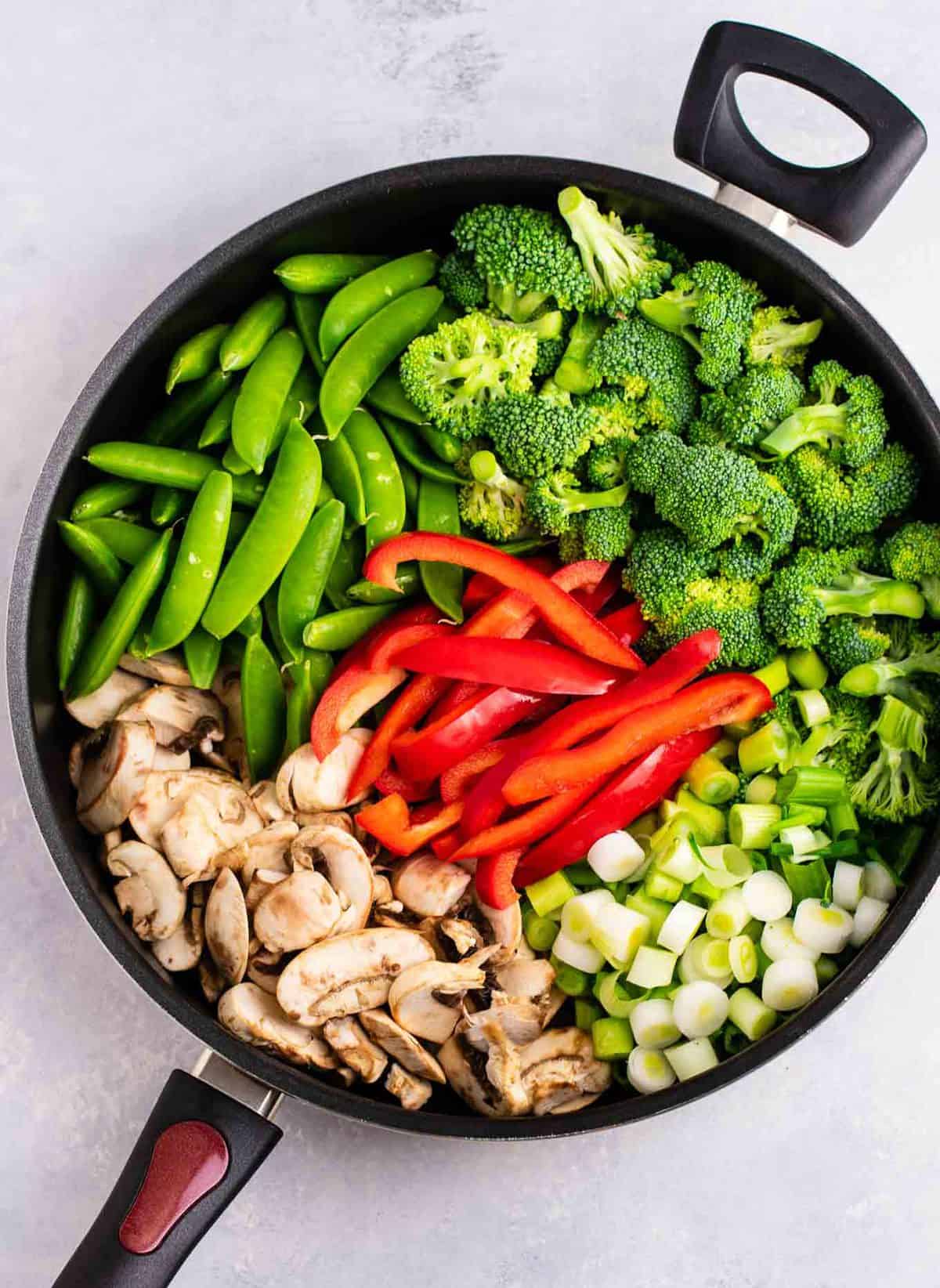
https://buildyourbite.com/what-are-the-best-vegetables-to-put-in-stir-fry/
"1. Limit the water
When you cook vegetables in water, you lose nutrients. You know that green hue the water takes on after you’ve boiled or blanched your broccoli? That’s a sign that vitamins like C and B have leached into the water, only to be poured down the drain. To retain these vitamins, cook vegetables in as little water as possible for a minimal amount of time (unless you’re planning to consume the water, as in a soup). Steaming and microwaving, both of which use little water, will give you the same results as boiling or blanching but with much less nutrient loss. So instead of boiling potatoes before mashing them, steam them. Instead of blanching broccoli, green beans, or asparagus, steam or microwave them until crisp-tender. Similarly, if you want your vegetables cooled, don’t plunge them into an ice bath; like hot water, cold water can also leach nutrients. Instead, cook vegetables for a minute less and then spread them in a single layer on a baking sheet so they’ll cool quickly at room temperature.

https://buildyourbite.com/what-are-the-best-vegetables-to-put-in-stir-fry/
2. Use a little fat: Eating plain steamed vegetables may sound like the best way to go nutritionally, but you’re actually better off eating vegetables with some fat. Many nutrients, like beta carotene, vitamin D, and vitamin K are fat soluble, so they can only pass from our intestine into our blood stream with some fat to carry them across. It’s like a nutritional buddy system. So toss those steamed veggies with a flavorful vinaigrette, or sauté or stir-fry them—all of these methods use some fat (which helps maximize absorption) but little if any water (to minimize nutrient loss). They’ll also make your vegetables tastier than plain steamed ones, so you’ll be inspired to eat more.
3. Add citrus: Vegetables like spinach, broccoli, and kale contain lots of iron, but it’s in a form that’s difficult for our bodies to use, so most of it passes through undigested. Vitamin C, which citrus fruits provide in spades, reacts with iron chemically, changing it into a form that’s more easily absorbed by our bodies. In other words, it makes the iron user-friendly. So go ahead and add a splash of lemon, lime, orange, or grapefruit juice to that stir-fry or sauté.
The three strategies here are all used in the recipe opposite; it’s a perfect example of how to maximize nutrition in a delicious way. The green beans are briefly steamed instead of boiled. Then they’re sautéed with yellow peppers and shallots in a touch of healthful olive oil until just tender. Fresh spinach is tossed in at the end, and the dish is finished with splash of orange juice. I can’t think of a better way to get the most out of your vegetables."
The three strategies here are all used in the recipe opposite; it’s a perfect example of how to maximize nutrition in a delicious way. The green beans are briefly steamed instead of boiled. Then they’re sautéed with yellow peppers and shallots in a touch of healthful olive oil until just tender. Fresh spinach is tossed in at the end, and the dish is finished with splash of orange juice. I can’t think of a better way to get the most out of your vegetables."
Link to website that gave this information: (https://www.finecooking.com/article/the-right-way-to-cook-vegetables)
Extra tips and training materials:
Links to video: https://www.youtube.com/watch?v=PnWDTexgbAM
Tips/Tricks:
- Add veggies to your raman
- Add veggies in your eggs in the morning
- Make some veggies in your smoothies
- Meal prep- prepare cut up veggies for snacks for your day
Healthy substitutes for high carb foods
- Cauliflower Rice
- Zucchini Noodles instead of pasta
- Beets
- Spaghetti Squash
- Lettuce Wraps (You can even get these at restaurants!)
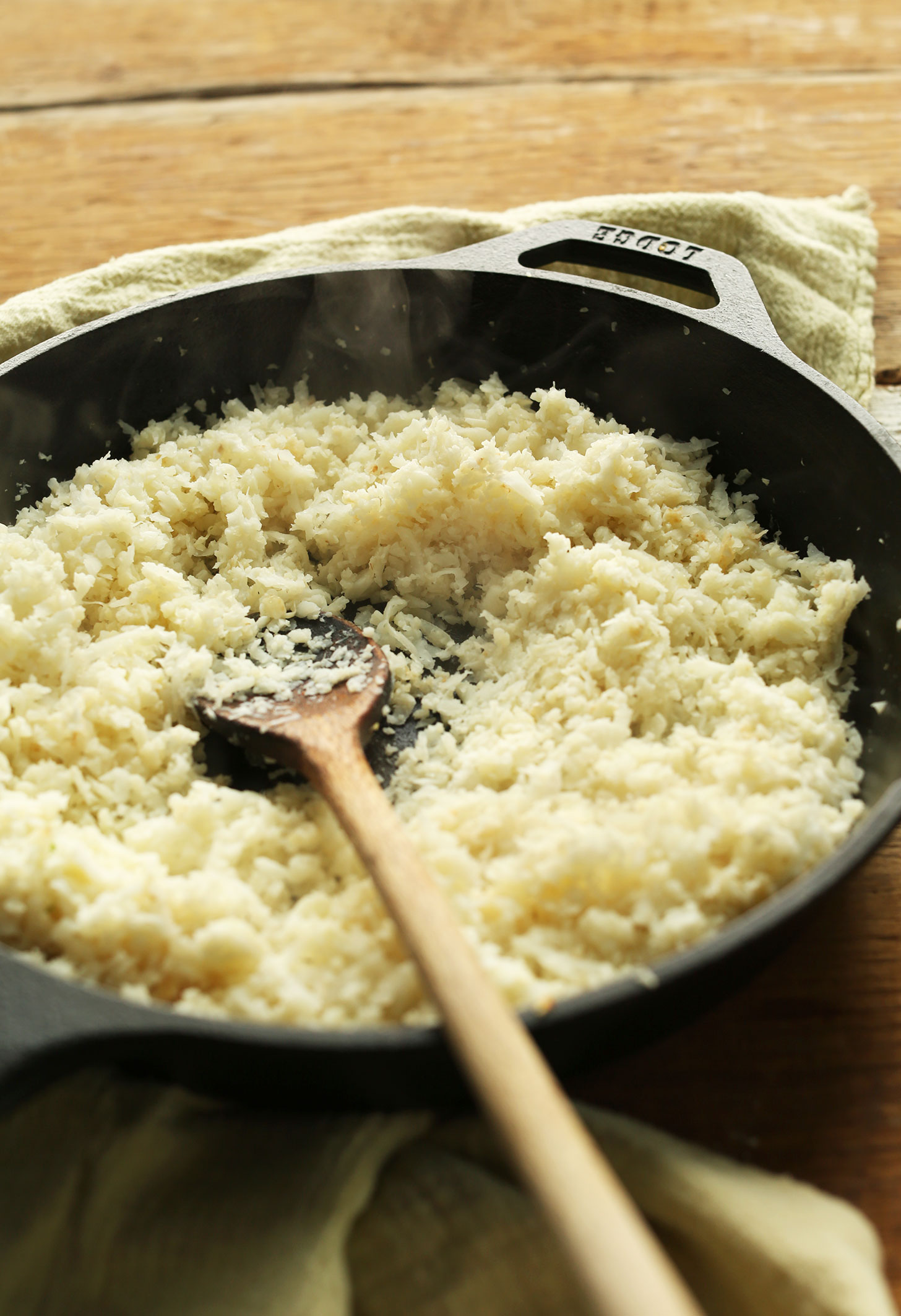 |
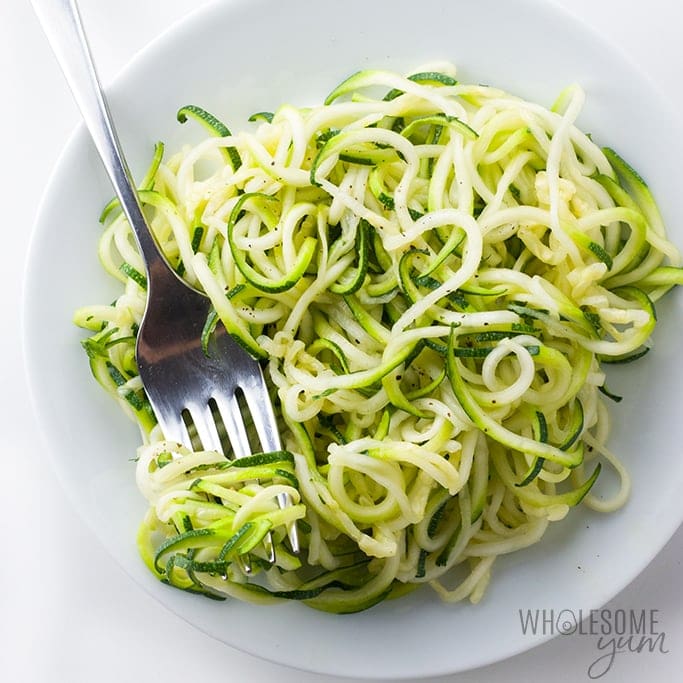 |
| https://www.wholesomeyum.com/how-to-make-zucchini-noodles/ |
 |
| https://robustrecipes.com/roasted-beet-and-goat-cheese-pasta/ |
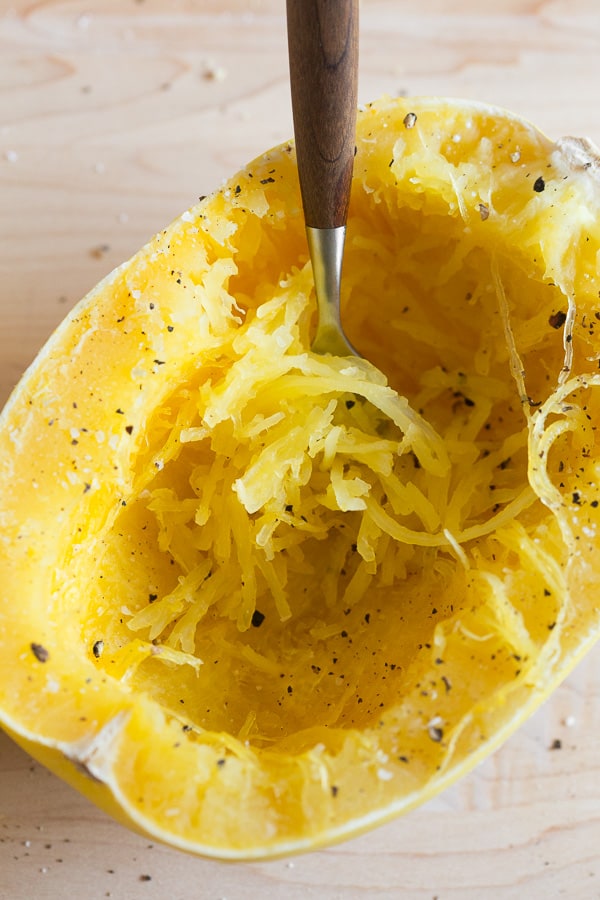 |
| https://www.nutmegnanny.com/how-to-cook-spaghetti-squash-in-the-microwave/ |
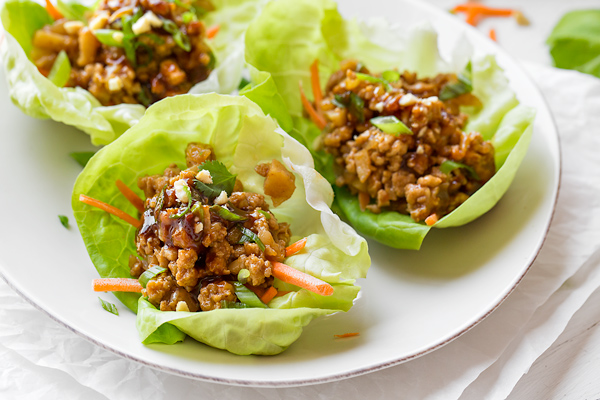 |
| https://thecozyapron.com/chicken-lettuce-wraps/ |
For more information on these substitutes please go to: https://spoonuniversity.com/lifestyle/vegetable-substitutes-the-carbs-that-are-taking-over-the-dinner-table
Comments
Post a Comment